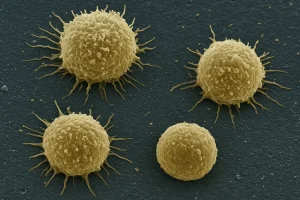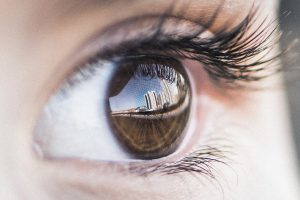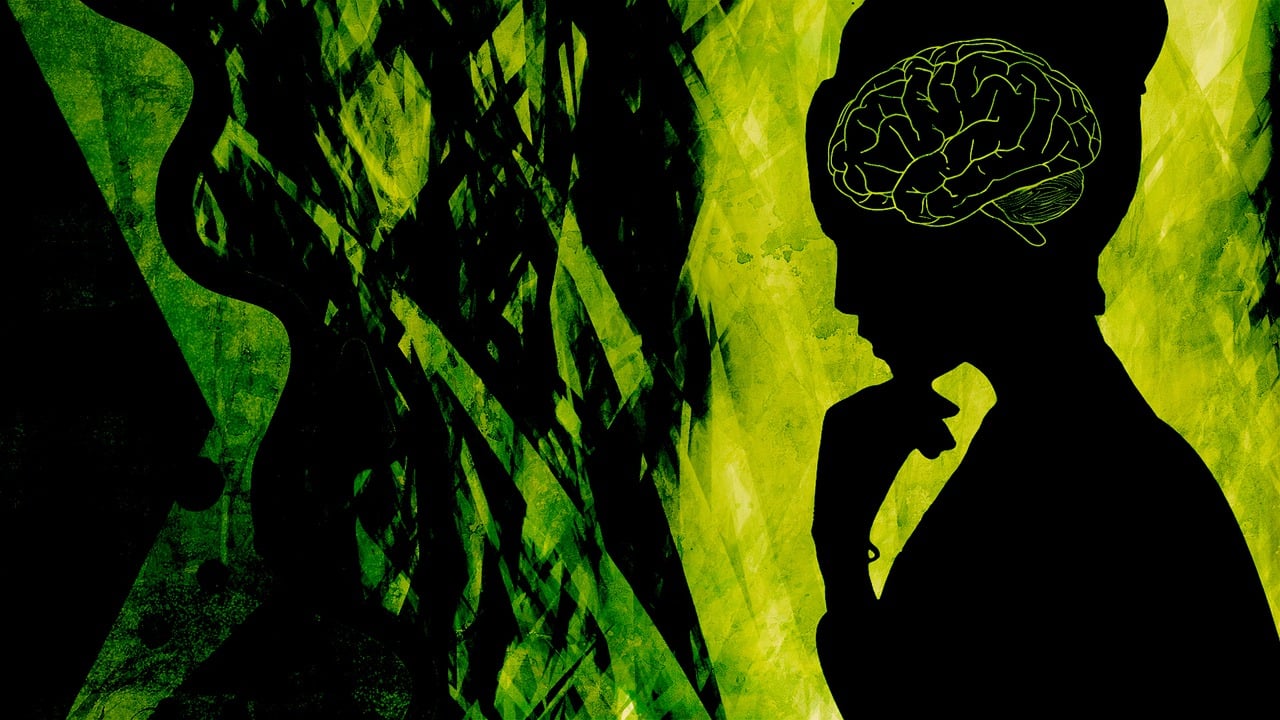Hyperactivity in ADHD appears as excessive restlessness, constant movement, fidgeting, and difficulty sitting still. Hyperactivity is one component of ADHD (Attention Deficit Hyperactivity Disorder), not the same condition – ADHD includes three symptom clusters: inattention, hyperactivity, and impulsivity. The 9 hyperactivity symptoms include restlessness, excessive talking, difficulty staying seated, and feeling internally driven by a motor.
What Does Hyperactivity in ADHD Look Like?
Physical manifestations:
• Constant fidgeting – tapping fingers, bouncing legs, playing with objects
• Restless movement – pacing, rocking, shifting positions frequently
• Difficulty sitting still – leaving seat inappropriately in structured settings
• Excessive energy – appearing “on the go” or “driven by a motor”
• Inappropriate running/climbing – especially in children during quiet activities
Behavioral patterns:
• Talking excessively – monopolizing conversations, interrupting others
• Loud activities – difficulty engaging in quiet leisure activities
• Intrusive behavior – butting into others’ conversations or games
• Impatience – difficulty waiting turns, rushing through tasks
What Are the 9 Symptoms of Hyperactive ADHD?
Official DSM-5 hyperactivity symptoms:
| Symptom | Description | Examples |
|---|---|---|
| 1. Fidgets/squirms | Restless hands/feet movement | Tapping, leg bouncing, pen clicking |
| 2. Leaves seat | Stands when should remain seated | Getting up during meetings, meals, classes |
| 3. Runs/climbs excessively | Inappropriate physical activity | Adult: restlessness, inappropriate movement |
| 4. Cannot play quietly | Difficulty with calm activities | Loud during quiet games, disruptive play |
| 5. “On the go” | Constant activity, motor-driven | Always moving, can’t relax, energetic |
| 6. Talks excessively | Speaks more than situationally appropriate | Dominates conversations, rambles |
| 7. Blurts out answers | Responds before questions completed | Interrupts, doesn’t wait for turn |
| 8. Cannot wait turn | Impatient in sequential activities | Line cutting, game interruption |
| 9. Interrupts/intrudes | Butts into others’ activities | Joins uninvited, takes over conversations |
Diagnostic criteria:
• 6 or more symptoms required for diagnosis (age 17+: 5 symptoms)
• Present before age 12 – symptoms must have childhood onset
• Multiple settings – occurring in 2+ environments (home, school, work)
• Functional impairment – significantly impacts daily functioning
What Are Hyperactive Behaviors in ADHD?
Hyperactive behaviors in ADHD include constant fidgeting, difficulty staying seated, and excessive talking. Children or adults may seem restless, often moving around or interrupting others. These behaviors stem from difficulties with self-control and regulating activity levels.
Childhood hyperactive behaviors:
• Physical restlessness – can’t sit through movies, meals, or classes
• Excessive talking – narrates activities, asks constant questions
• Risky behavior – climbing dangerous heights, running into traffic
• Disruptive play – too rough, breaking toys, overwhelming peers
• Sleep difficulties – trouble winding down, bedtime resistance
Adult hyperactive behaviors:
• Internal restlessness – feeling mentally “wired” or agitated
• Workaholic tendencies – taking on too many projects simultaneously
• Impatient driving – speeding, road rage, frequent lane changes
• Social interrupting – dominating conversations, finishing others’ sentences
• Multitasking compulsion – inability to focus on single tasks
Workplace manifestations:
• Meeting disruption – side conversations, leaving early, fidgeting
• Deadline rushing – procrastination followed by frantic completion
• Project jumping – starting new tasks before finishing current ones
• Decision impulsivity – making quick choices without full consideration
Is Hyperactivity the Same as ADHD?
No, hyperactivity is not the same as ADHD. Hyperactivity is one symptom of ADHD, which also includes inattention and impulsivity. While some people with ADHD are mainly hyperactive, others may show little hyperactivity but struggle more with focus and organization.
Key distinctions:
• ADHD is broader – includes inattention, hyperactivity, and impulsivity
• Hyperactivity is one component – not all ADHD includes hyperactivity
• Three ADHD presentations – combined, inattentive, hyperactive-impulsive
ADHD subtypes:
• Combined presentation – both inattention and hyperactivity symptoms
• Inattentive presentation – primarily attention problems (formerly ADD)
• Hyperactive-impulsive presentation – primarily hyperactivity and impulsivity
Hyperactivity without ADHD:
• Medical conditions – hyperthyroidism, anxiety disorders
• Medications – stimulants, steroids, certain antidepressants
• Developmental stages – normal childhood energy levels
• Environmental factors – overstimulation, lack of physical activity
ADHD Development and Age Changes
Hyperactivity evolution:
• Early childhood – obvious physical restlessness and movement
• School age – fidgeting, difficulty with classroom behavior
• Adolescence – internal restlessness, risk-taking behaviors
• Adulthood – mental restlessness, impatience, multitasking
Gender differences:
• Boys – more obvious external hyperactivity, disruptive behavior
• Girls – often internalized restlessness, chattiness, less obvious symptoms
• Diagnosis disparity – girls frequently underdiagnosed or misdiagnosed
Treatment Approaches for Hyperactive ADHD
Medication options:
• Stimulants – methylphenidate, amphetamines (70-80% effective)
• Non-stimulants – atomoxetine, guanfacine for those who can’t tolerate stimulants
• Combination therapy – multiple medications for complex presentations
Behavioral interventions:
• Regular exercise – reduces hyperactivity symptoms significantly
• Structured routines – predictable schedules reduce restlessness
• Mindfulness training – helps manage internal restlessness
• Occupational therapy – sensory integration techniques
FAQ – Frequently Asked Questions
1. Can you have ADHD without hyperactivity? Yes, inattentive ADHD (formerly called ADD) involves attention problems without significant hyperactivity. This presentation is common, especially in girls and women.
2. Does ADHD hyperactivity decrease with age? Physical hyperactivity typically decreases with age, but often transforms into internal restlessness, impatience, and mental hyperactivity in adults.
3. How is hyperactive ADHD different from just being energetic? ADHD hyperactivity is persistent, inappropriate for the situation, impairs functioning, and occurs across multiple settings – unlike normal childhood energy or situational restlessness.
4. Can hyperactivity be treated without medication? While medication is most effective, behavioral interventions, regular exercise, structured environments, and lifestyle modifications can help manage hyperactivity symptoms.
5. Is hyperactivity always obvious in ADHD? No, especially in girls and adults, hyperactivity may be internalized as restlessness, racing thoughts, or feeling mentally “driven” rather than obvious physical movement.
Hyperactivity in ADHD manifests as excessive restlessness, fidgeting, constant movement, and difficulty sitting still. The 9 official hyperactive ADHD symptoms include fidgeting, leaving seat inappropriately, excessive running/climbing, inability to play quietly, being “on the go,” talking excessively, blurting answers, inability to wait turns, and interrupting others. Hyperactive behaviors vary by age – from obvious physical movement in children to internal restlessness in adults. Hyperactivity is just one component of ADHD, not the same condition – ADHD has three presentations including inattentive type without hyperactivity. Treatment combines medication, behavioral interventions, exercise, and structured environments for best results.
This article expresses the author’s views and is not medical advice. Consult with a doctor if needed.
Sources:
Medical and Government Organizations:
- American Psychiatric Association (APA) – DSM-5-TR diagnostic criteria
- National Institute of Mental Health (NIMH) – https://www.nimh.nih.gov/health/topics/attention-deficit-hyperactivity-disorder-adhd
- Centers for Disease Control and Prevention (CDC) – https://www.cdc.gov/ncbddd/adhd/
- American Academy of Pediatrics (AAP) – clinical practice guidelines
Scientific Journals:
- Journal of Attention Disorders – peer-reviewed ADHD research
- Journal of Clinical Child & Adolescent Psychology – developmental studies
- Biological Psychiatry – neurobiological aspects of ADHD
- Child Development Perspectives – developmental research
Professional Organizations:
- Children and Adults with Attention-Deficit/Hyperactivity Disorder (CHADD) – https://chadd.org/
- Attention Deficit Disorder Association (ADDA) – https://add.org/
- International Association for the Study of ADHD (IASD) – global research
Evidence-Based Books:
- “Taking Charge of ADHD” by Russell A. Barkley – evidence-based guide
- “Driven to Distraction” by Edward Hallowell & John Ratey – clinical insights
International Sources:
- National Health Service (NHS) UK – https://www.nhs.uk/conditions/attention-deficit-hyperactivity-disorder-adhd/
- Health Canada – Canadian ADHD guidelines












